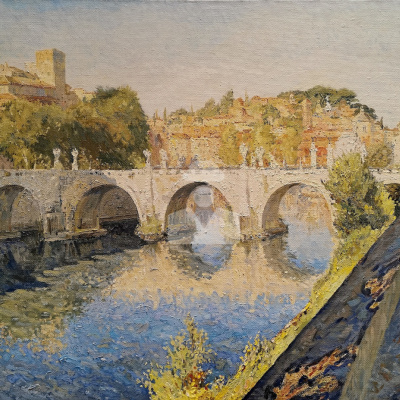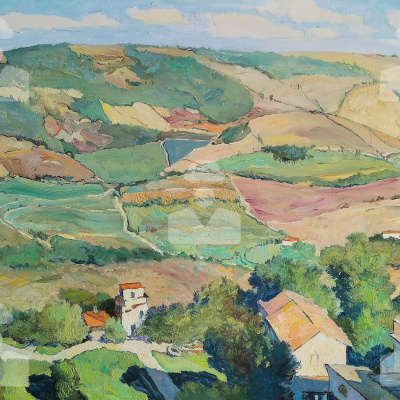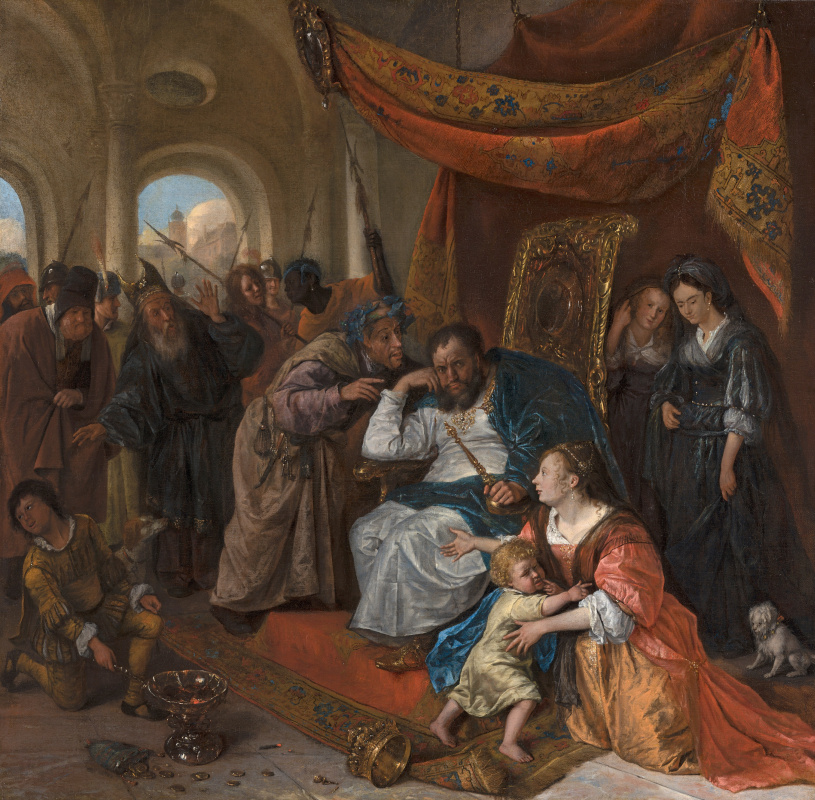The art museum Mauritshuis in the Hague identified work of Jan Steen as an artist’s original painting. For a long time "The Mocking of Samson" believed to be an 18th century copy of Jan Steen’s in the Royal Museum of Fine Arts Antwerp (KMSKA). Thanks to extensive research all doubts were dispeled — it is a masterpiece by the artist himself. Its style of painting, technique and subject matter are entirely in keeping with Steen’s oeuvre.

The newly rediscovered painting is now fully restored and ready for exhibition Jan Steen’s Histories
The Mocking of Samson
1676, 65×82 cm
"The Mocking of Samson" caught the eye of Mauritshuis conservation experts when they were considering which works were good candidates for inclusion in the exhibition. The Royal Museum sent the painting to the Mauritshuis as part of a long-time collaboration that has born such extraordinary fruit that a new Jan Steen has now been added to the museum’s permanent collection.
And what a suprise after further research, restoration and technical examination to conclude that not only is this painting by the master himself, but that it is still in excellent condition.
And what a suprise after further research, restoration and technical examination to conclude that not only is this painting by the master himself, but that it is still in excellent condition.

Jan Steen was a famous Dutch Golden Age master, born in the seventeenth century. His genre paintings were marked by chaotic abundance of color. Merrymakers were one of his favorite subjects while families too were frequently portrayed in his works. However, he drew scenes from Biblical and Classical mythology like subjects from the daily life around him. He also looked beyond the real world and drew inspiration from the contemporary stage.
He painted more than eight hundred pictures, out of which three hundred and fifty have so far been traced. He did not have any known student, but his works have inspired many.
Left: Jan Steen. Samson and Delilah, 1668. Los Angeles County Museum of Art.
Conservators were surprised to find, looking at the back on the canvas, that Samson had never been relined, unlike most 17th century paintings. The practice of gluing a second canvas to the back of the first to support it was widespread, but this painting was the original canvas alone still on its original strainer (fixed wooden supports that, unlike stretchers, cannot be adjusted at the corners to tighten the frame
when the canvas slackens) attached with its original nails, no less. Additional holes were found along the edges of the canvas, corresponding to places where a string had been laced through the canvas to attach it to a wooden frame
during painting.

Canvas still attached to stretcher with original nails. Photo by Ivo Hoekstra, Mauritshuis.
When the yellowed and cracked varnish layer on top of the painting was removed during conservation, the paint itself was found to be in superior condition, with brilliant colors, clear brushstrokes and negligible wear and tear. It’s very rare for a 17th century painting to make it to the 21st in such exceptionally good condition. Perhaps its years of misidentification helped it to survive.

Conservation expert at work. Mauritshuis, The Hague. Photographer: Ivo Hoekstra.
"It's as if the canvas is fresh out of Jan Steen’s studio!", the director of the Mauritshuis Emilie Gordenker says.
The chronology of his oeuvre is difficult to determine as only one in ten of his works is dated. To date, 37 works by Jan Steen (from the Mauritshuis and from other collections) have been examined, representing the entire span of his career. All the paintings have been examined using a range of advanced techniques to find as many Steens as possible.
One of the pigments, a bright green earth color that wasn’t used much in the 17th century, appears unusually frequently in Jan Steen’s late period shortly before his death when he had returned to his hometown of Leiden in 1672. As luck would have it, The Mocking of Samson also contains the tell-tale green earth pigment. It was used in the stash of the standard-bearer on the right. That dates the work to the 1670s.
One of the pigments, a bright green earth color that wasn’t used much in the 17th century, appears unusually frequently in Jan Steen’s late period shortly before his death when he had returned to his hometown of Leiden in 1672. As luck would have it, The Mocking of Samson also contains the tell-tale green earth pigment. It was used in the stash of the standard-bearer on the right. That dates the work to the 1670s.

Jan Steen. Egg Dance, 1674. Private collection.
Jan Steen’s Histories at the Mauritshuis will exhibit a selection of Jan Steen’s finest history paintings. Some of the most popular and expensive paintings fell out of fashion in latter part of the 18th century. Humorous, playful, juicy depictions of the great soap opera-like dramas of Samson and Delilah, Lot and his daughters and the worshipping of the Golden Calf, so enjoyed by 17th century patrons, were held to be in poor taste a century later, and were somewhat ostracized by collectors and institutions. Some seventy-five history paintings by Steen survive today, representing around a sixth of his oeuvre.

Jan Steen. Wedding Feast at Cana, c. 1670−72. National Gallery of Ireland, Dublin, Ireland
The Mauritshuis owns fifteen of Steen’s paintings. In 2011 it added one of Steen’s history paintings to its fabled collection. That’s a long time for a category of works by such an important artist to be on the outside, lurid little faces pressed against the glass. The museum is making up for lost time by putting on this exhibition with the work in its collection, Moses and Pharaoh’s Crown, and loans from other collections around the world.
Moses and crown of Pharaoh
1670, 78×79 cm
The exhibition "Jan Steen’s Histories" will be on view from 15 February to 13 May 2018 in the Mauritshuis, Hague.
Follow us on Instagram
Title illustration: Conservation expert at work. Mauritshuis, The Hague. Photographer: Ivo Hoekstra.
Bades on materials ArtDaily, official site of art museum Mauritshuis.


















